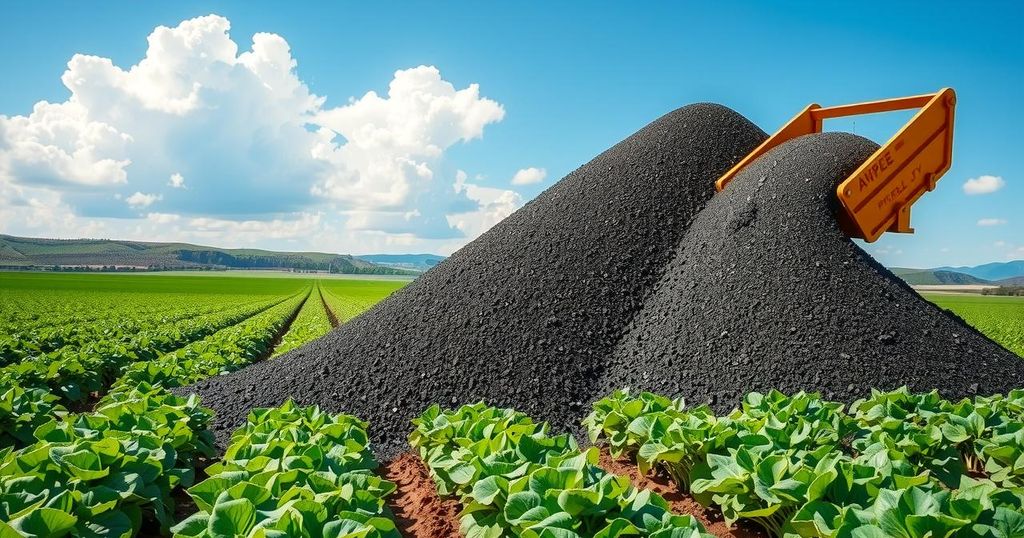Crushed Stone: A Path to Combat Climate Change
- Enhanced Rock Weathering spreads crushed stone on farmlands across the world.
- ERW aims to speed up carbon dioxide’s natural capture and storage.
- Tech companies and airlines are buying ERW carbon credits to offset their emissions.
- This technique accelerates weathering, breaking down rocks with carbonic acid.
- Studies show variable effectiveness of ERW in carbon removal based on factors like soil and climate.
What is Enhanced Rock Weathering?
Crushed stone, especially basalt, is being spread on farmlands around the world to help combat climate change—a strategy known as Enhanced Rock Weathering (ERW). It aims to more quickly capture and store carbon dioxide, a significant greenhouse gas contributing to global warming. Users range from major tech firms to airlines, all keen to purchase carbon credits generated through ERW projects to mitigate their own emissions.
Effectiveness and Measurement of ERW
So, how does ERW actually work? In essence, it accelerates a natural geological occurrence called weathering. This process involves the breakdown of rocks by carbonic acid formed when carbon dioxide in the atmosphere or soil mixes with water. Although weathering naturally occurs over time—often resulting in the lock-up of carbon dioxide as bicarbonate and eventually limestone—ERW uses specifically-ground basalt to quicken this process.
Potential Benefits of ERW
Now, regarding effectiveness, ERW is still relatively new, and its capacity to remove carbon is somewhat debated. Some studies from the United States suggest that applying up to 50 tonnes of basalt on one hectare of land annually could capture as much as 10.5 tonnes of carbon dioxide over a four-year stretch. However, researchers like soil scientist Paul Nelson from James Cook University have raised concerns about overestimates in such claims, as his own fieldwork in Malaysia and Australia demonstrated lower carbon removal rates. Various factors, including types of rock used and environmental conditions, play a critical role in influencing results, making accurate measurements quite challenging.
In summary, Enhanced Rock Weathering appears to be a promising method for combatting climate change by speeding up natural carbon capture and improving soil health. Yet, as with any new technology, it poses several unanswered questions regarding its true effectiveness and emissions reduction capabilities. Continuing research and funding are essential for refining this innovative approach and ensuring that it genuinely delivers intended results in the long run.




Post Comment